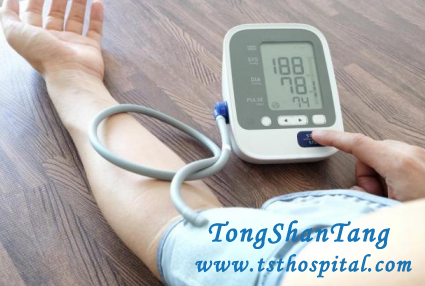 Don’t mix up renal hypertension with primary hypertension
Don’t mix up renal hypertension with primary hypertension
What is renal hypertension?
High blood pressure caused by kidney disease is called renal hypertension.
In the early stages of glomerulonephritis, the main part of kidney damage is the glomerulus. When kidney disease is severe and progresses to renal failure, the kidney's peribulular cells are damaged. At this point, the kidney will activate the renin-angiotensin-aldosterone system, resulting in vasoconstriction and increased blood pressure, which is called renal substantive hypertension (hypertension caused by renal ischemia which results from renal artery stenosis is called renal vascular hypertension).
Renal hypertension is secondary hypertension, accounting for 5-10% of patients with hypertension, and the etiology of primary hypertension is not clear.
How to distinguish renal hypertension from primary hypertension?
Primary hypertension generally occurs in the elderly at the age of 40-50 years old, and renal hypertension occurs in the age of 30-40 years old.
Primary hypertension patients usually have family history, while renal hypertension patients do not have.
Primary hypertension often has hypertension first, then abnormal urine test; Renal hypertension usually results from abnormal urine test before hypertension.
In the early stage of hypertension, urinary changes and renal injury are not obvious in patients with primary hypertension. Urinary changes and renal function injury are more obvious in patients with renal hypertension.
Renal injury in primary hypertension is accompanied by heart and retinal vascular sclerosis. For patients with renal hypertension, they usually have fundus changes with the elevation of blood pressure.
There are also differences in the treatment of renal hypertension and primary hypertension.
The treatment of primary hypertension is the treatment of hypertension itself without special attention to the kidneys.
Renal hypertension should first be treated for primary disease, which is renal disease. Secondly, the angiotensin inhibitor ACEI/ARB-like drugs should be considered first in the selection of antihypertensive drugs for renal hypertension. Finally, when kidney function is severely impaired and urine volume is reduced, diuresis or even hemodialysis is required to reduce water retention, and then blood pressure is lowered.
Now you know that renal hypertension is different from primary hypertension, and their treatments are also different. For more information on kidney disease, please leave a message below or contact online doctor.
- Email:tsthospital@hotmail.com
- WhatsApp/WeChat/Phone Number:+86 15512139310
- Kidney Treatment Group:
- https://chat.whatsapp.com/2ZCOvebPJdr9QGkyfiqxDz
- Tag: CKD CKD Symptoms
- previous:CKD Stage 3 and Anemic: Is It Safe to Take Vitamins
- next:4 Factors that Trigger Relapse of Proteinuria

